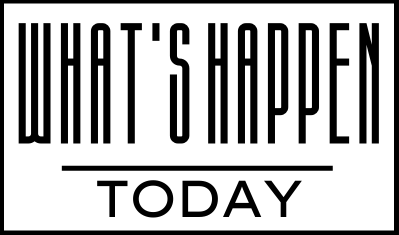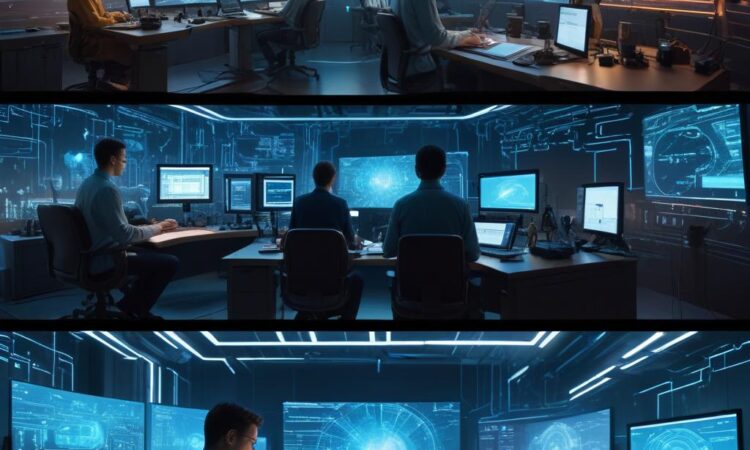AI’s Big Screen Debut: Revolutionizing Film and VFX
Hey movie buffs! Let’s talk about something seriously cool (and slightly unnerving): artificial intelligence’s growing role in filmmaking. It’s not just robots taking over Hollywood – though, that’d make for a killer movie, right? Seriously though, the use of AI in film production and VFX is exploding, and it’s sparking some pretty big conversations.
On one hand, we’ve got some seriously awesome benefits. Think about it: AI can handle tedious tasks like background cleanup, creating realistic special effects, and even generating initial drafts of scripts. Imagine the time and money saved! This means more creative freedom for filmmakers, potentially leading to more innovative and ambitious projects. We might see smaller studios get a leg up, too, levelling the playing field a bit.
But, and this is a big but, there are some ethical wrinkles to iron out. The biggest concern, and rightfully so, is job displacement. Will AI replace human artists, writers, and editors? It’s a valid fear. Many VFX artists already face intense pressure and long hours. The introduction of AI could exacerbate existing issues, potentially leading to job losses or a shift in the types of jobs available in the industry.
Then there’s the question of creative control. If AI is generating scripts or designing visuals, who’s really in charge of the creative vision? Is it the AI, the programmer, the director, or some weird blend of all three? This blurring of lines raises concerns about authorship, originality, and the very definition of art itself. Are we heading towards a future where algorithms dictate artistic trends? That’s a pretty heavy thought.
Let’s not forget the potential for bias. AI algorithms are trained on data, and if that data reflects existing societal biases, the AI will likely perpetuate them. This could lead to films that unintentionally reinforce harmful stereotypes or underrepresent certain groups. It’s crucial to ensure that AI is used responsibly and ethically, with careful consideration of its potential impact on representation and inclusivity.
So, what’s the solution? Well, it’s not a simple one. The industry needs to find a way to integrate AI in a way that enhances human creativity, rather than replacing it. This could involve retraining programs for displaced workers, the development of new artistic roles that leverage AI’s capabilities, and the establishment of ethical guidelines for the use of AI in filmmaking. Collaboration, not replacement, should be the goal. We need to find a way for humans and AI to work together, pushing the boundaries of storytelling and visual effects without compromising the human element that makes film so special.
The debate about AI in filmmaking is far from over. It’s a complex issue with no easy answers. But by engaging in open and honest discussions, we can navigate these challenges and ensure that AI serves as a tool for progress, not a threat to the art of filmmaking. The future of film is being written right now, and it’s up to us to shape it responsibly.
Think of all the amazing advancements AI could bring! Imagine hyper-realistic creatures flawlessly integrated into live-action footage, environments rendered with unimaginable detail, and stories told in ways we can barely fathom. But equally, we must be mindful of the potential downsides and strive for responsible innovation.
The conversation continues… and honestly, it’s a conversation worth having. We need to be proactive in finding solutions that benefit both artists and audiences. The future of film relies on our collective wisdom and ethical considerations.
This is a rapidly evolving field, and new developments are constantly emerging. Stay tuned for more updates and insights as the story unfolds!

